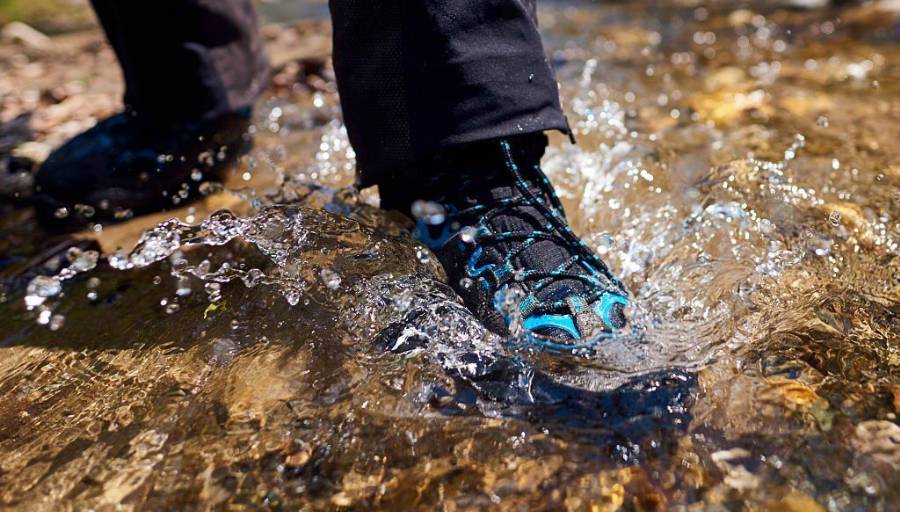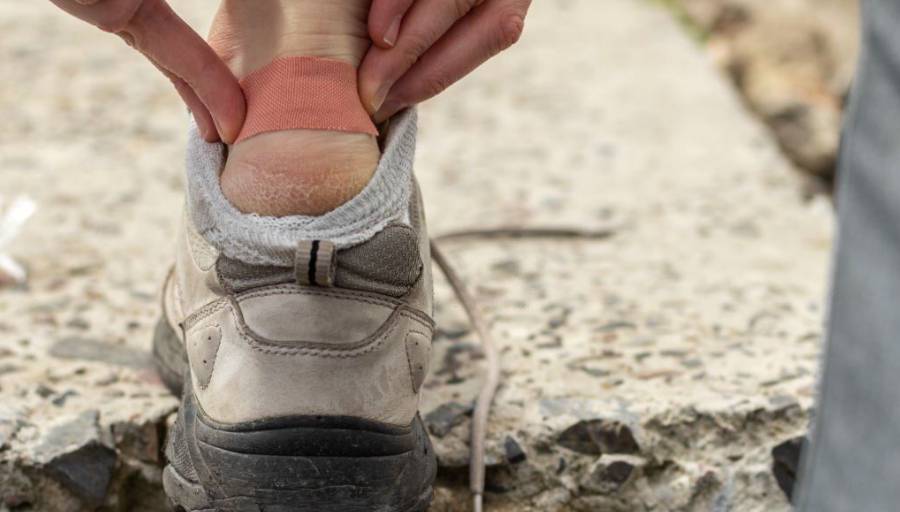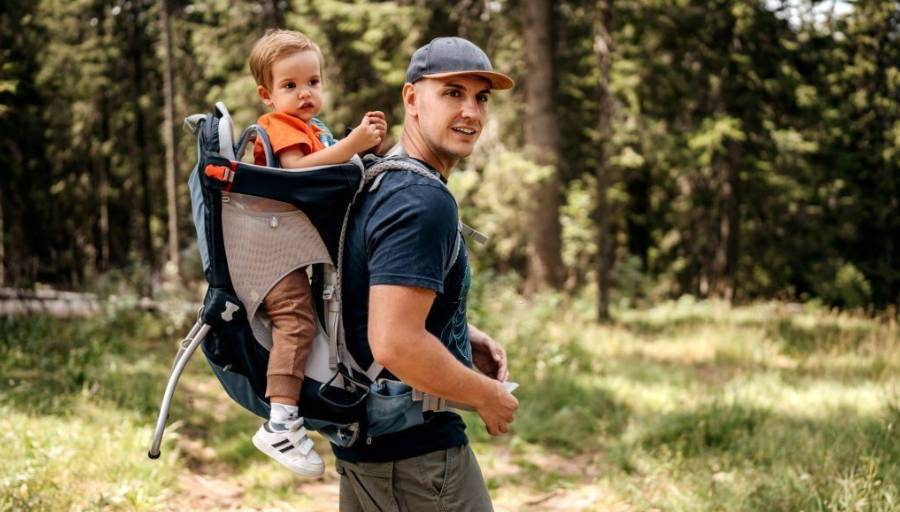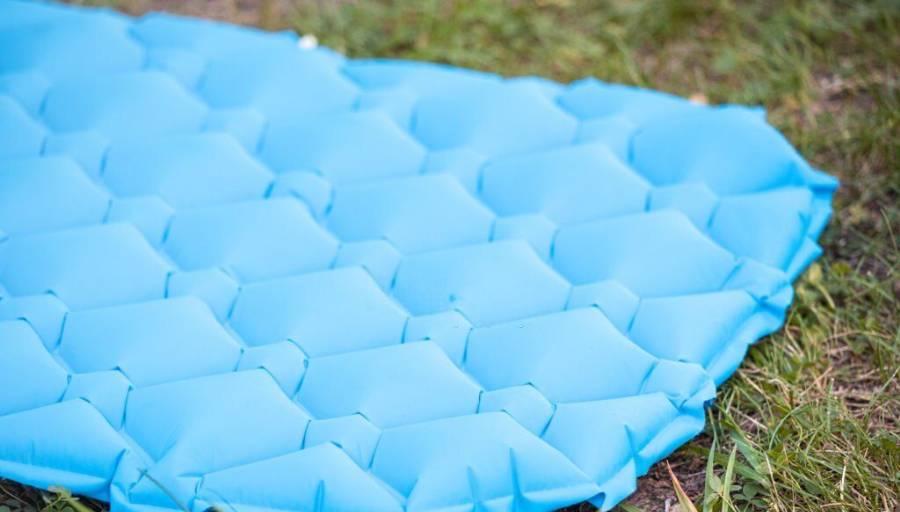How to Waterproof Hiking Boots

Depending on how often you wear your hiking boots, it will be necessary to re-waterproof them after a certain time of use. Whether they are leather, suede, nubuck, or even fabric, this guide will enlighten you on how to waterproof hiking boots or walking shoes so that you can protect your feet from moisture.
This guide outlines the various uses and respective methods of applying seal grease, shoe polish, and waterproofing products for hiking boots. It’s important to note that the traditional Seal Fats are now replaced by mineral and vegetable oils.
How to Waterproof Hiking Boots
Now let’s see how to waterproof different types of hiking boots step by step…
Waterproofing Leather Boots
Although leather is inherently waterproof in its raw state, over time and without proper care, it can easily dry out and even crack as its natural oils and moisture diminish. Seal grease helps restore those original waterproof properties while treating and restoring a soft look to the leather.
- Clean your leather hiking boots thoroughly.
- Apply a small amount of seal grease to a clean cloth and rub the leather gently. If the grease is too hard and this makes it too difficult or impossible to apply directly, heat it using a hair dryer to soften it.
- Repeat the operation as many times as necessary.
- Let it dry naturally for 30 to 60 minutes. Above all, don’t apply a direct heat source to the shoes in the hope of drying them more quickly: this could permanently damage the leather.
- Blot the grease with a dry cloth.
Treat Leather Hiking Boots
Nourishing cream for leather hiking boots will help you maintain the original flexibility of your boots. But it is important not to repeat the operation too frequently because your hiking boots must still retain certain support. Apply the cream only when you notice that the leather becomes dry and/or brittle, and not after each use.
The treatment of leather hiking boots is generally more effective when the boot is damp or wet because the treating product will be absorbed more easily. As the water evaporates, the product will be drawn to the interior pores of the leather.
- Use a small amount of nourishing cream, either directly on your fingers or on a clean cloth, and spread it evenly over the entire shoe, including the edges and seams.
- Leave to act for a few minutes at room temperature.
- Remove any excess cream and let dry naturally. Do not expose directly to a heat source.
Waterproofing Suede or Nubuck Shoes

A waterproofing spray specially designed for shoes is ideal for restoring the waterproof properties of your suede or nubuck shoes. Above all, do not apply seal grease to suede or nubuck shoes. Seal grease is intended for use on smooth leather only and can destroy the ‘hairy’ appearance of both suede and nubuck and may leave permanent marks.
- Clean the shoes properly.
- Use a waterproofing spray, and apply about 5 cm from the shoe. Make sure that the applied layer is uniform over the entire shoe.
- Allow drying before reuse. Don’t try to speed up the drying time by using a hair dryer or any other heat source. Let it dry naturally.
- A shoe brush can be used to restore the original “hairy” texture of the shoe.
Waterproofing Fabric Boots

A re-waterproofing spray will help restore the waterproof properties of your fabric walking and/or hiking boots. Fabric boots can be more difficult to clean than leather boots, but it’s worth investing some effort in getting them clean. The dirt and dust that settles on the fibers of the fabric can result in the irreversible degradation of the material, considerably reducing the life of your pair of boots.
Clean the hiking boots. Fabric footwear can be re-waterproofed wet or dry. However, it may be preferable to wash and dry your boots first, then apply the waterproofing spray the next day, and finally, let them dry again overnight before putting them back on. Although it takes a bit more time, it will make it easier to spot areas where you’ve already applied the spray than if you were applying it to a wet boot.
However, some people think that the product will soak in more deeply if the shoe is damp or wet. Whether you choose to apply the product to the boots dry or wet, once the operation is complete, let your hiking boots air out completely before putting them back on.
Conclusion
In our guide, you see that each type of shoe has its requirements, which vary in particular according to the material of which they are made. By following these tips, you can safely dry your hiking boots and extend their life.
Frequently Asked Questions
When should I waterproof my hiking boots?
Ideally, waterproof your hiking boots before you embark on a hiking trip, especially if you expect wet or rainy conditions. If you notice your boots are no longer repelling water effectively, it’s time to reapply the waterproofing treatment.
Can I use any waterproofing product for hiking boots?
We recommend choosing a waterproofing product specifically designed for hiking boots. Look for products that are compatible with the material of your boots (e.g., leather, synthetic). Popular options include wax-based treatments, silicone sprays, and water-repellent creams.
Can I use heat to speed up the drying process after waterproofing?
It’s best to let the waterproofing treatment dry naturally. Applying heat, such as using a hairdryer or placing the boots near a heater, can cause the materials to dry too quickly. however, it can potentially compromise the effectiveness of the treatment. Allow the boots to air dry at room temperature for optimal results.
Can I waterproof boots with Gore-Tex or other waterproof membranes?
Boots with built-in waterproof membranes like Gore-Tex already have a level of water resistance. However, these membranes can benefit from additional waterproofing treatments. Use products that are compatible with such membranes to enhance the overall water repellency and prolong the life of the boots.
See Also…





